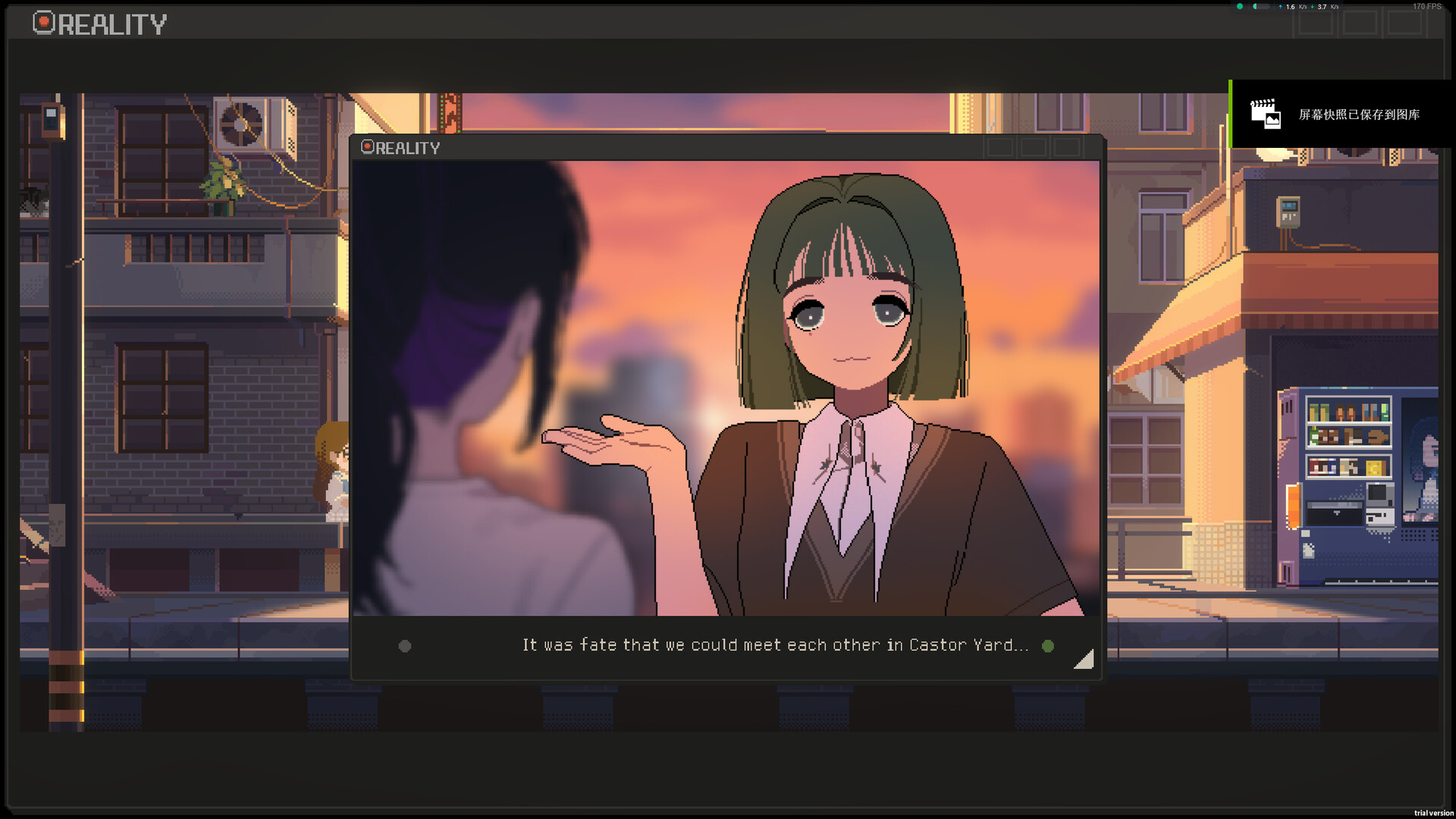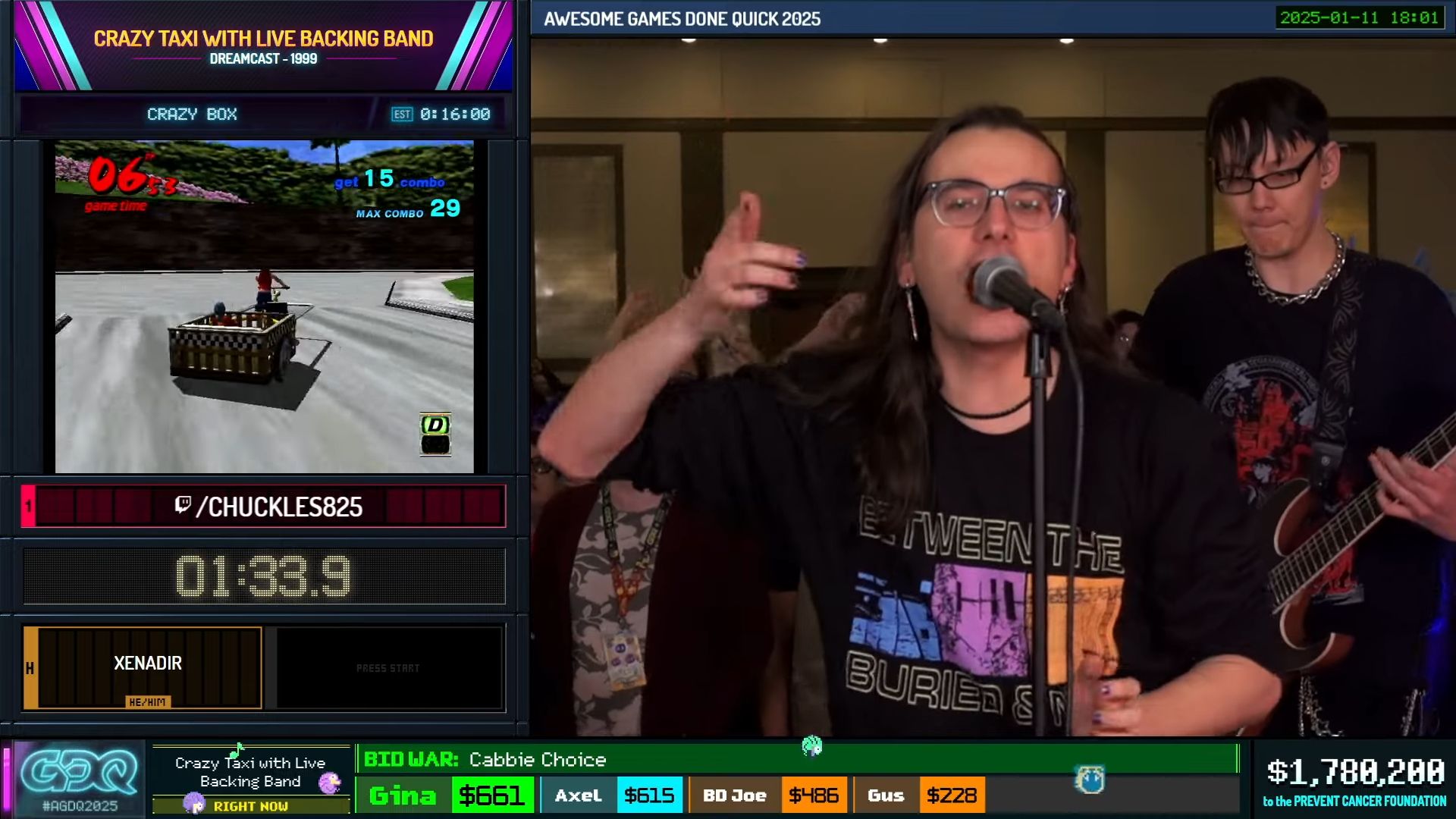
The weird and wonderful PvP of Assassin's Creed, BioShock, and more.
Back in the 2010s, the world of gaming was not so obsessed with live service business models as it is now, but publishers were already starting to see online features as a weapon in their war against the used game trade. The result was that, for a short window of time, primarily singleplayer games would often have a multiplayer mode bolted on to try and give them greater longevity—whether it made any sense or not.
For the most part, these modes were bad, clearly rushed into being by overworked developers for games that had no business having them. Almost all of them were short-lived—if not undone by their own flaws, then quickly out-competed by Call of Duty at the height of its powers.
But a few still surprised us with unexpected strokes of brilliance, and sometimes their throwaway nature would allow for bold, interesting experiments that you’d probably never see in a major multiplayer game today. So here’s an ode to my favourite unnecessary multiplayer modes—remembered fondly by the few who haven’t already forgotten them.
Assassin’s Creed Brotherhood
(Image credit: Ubisoft)
Why it was cool: There weren’t exactly high hopes for Assassin’s Creed multiplayer, but Ubisoft really pulled it off. Dropped into a map full of NPCs, each player was assigned another player to find and eliminate, creating a wonderfully tense game of cat and mouse where you’d often be both hunter and hunted—or competing with other players for the same target. To avoid detection, you had to learn to move and act like an NPC, steadily sliding through the crowds towards your target. Points were awarded not just for volume of kills, but how difficult and stylish your method was.
Pricking a target’s neck with poison and walking away silently before they even realised they were dying was an absolute rush. As you climbed the ranks, you’d find the best players had become experts in increasingly sinister mind games with both their targets and their pursuers.
Fatal flaw: It was a very niche multiplayer experience bolted on to a mainstream open world game, and Ubisoft’s attempts to cater to everyone undermined it. Too often there’d be someone in your match electing to parkour around without any subtlety or deception at all. It was understandable that people would assume they could just act like they did in the singleplayer, but while the chaos they caused would make them unlikely to win, they’d also ruin the game for everyone trying to play it seriously by disrupting carefully planned kills.
That problem was made worse by Ubisoft’s attempts to cater to all playstyles by including abilities such as the hidden gun, a weapon that could kill instantly at range. It earned few points and made plenty of noise, but those downsides didn’t stop it sucking the fun out of matches and encouraging poor play.
The mode did last several games—after Brotherhood it was in Revelations, Assassin’s Creed 3, and Black Flag, though bear in mind this was a time when the series was annualised and even more iterative than it is now. But it felt less focused each time it came back and never seemed to gain significant traction, and eventually Ubisoft gave up on it completely.
BioShock 2
(Image credit: 2K)
Why it was cool: Some would say an unnecessary multiplayer mode for an unnecessary sequel, but like the game’s surprisingly good singleplayer campaign, BioShock 2’s PvP mode was much better than it had any right to be. The atmospheric setting of Rapture made for an excellent backdrop for chaotic FPS battles, with plasmids giving players all sorts of fun tricks to play on each other.
Its most interesting twist was an appropriately in-depth narrative layer. Between matches you’d return to your character’s apartment, full of little details and hints about their life. As you levelled up, you’d unlock new tidbits of story in the form of messages from Sinclair Solutions—and your character themselves would change, growing more mutated and grotesque from plasmid abuse.
Fatal flaw: Unfortunately the 2010s was also the era of Games for Windows Live, a platform whose buggy and temperamental implementation ruined many a multiplayer experience. I don’t know if all of BioShock 2’s server lag and connectivity issues were the fault of GfWL, but what I do know is I spent more time reading error messages than I did actually playing. Such problems soon killed any momentum this multiplayer mode might have gained. When BioShock 2 was remastered in 2016—only six years on—they didn’t even bother including it.
Mass Effect 3
(Image credit: BioWare, Electronic Arts)
Why it was cool: By the time BioWare got to Mass Effect 3, the developer knew how to make cool third-person shooter combat, and the multiplayer took advantage of that by transplanting it into tense, four-player co-op missions. Specialised roles added greater tactical depth to the battles against geth, Cerberus, and the collectors, forcing strong teamwork in order to get past enemy defences. But they also gave us the chance to play as the setting’s various alien races—a thrill after being stuck as the human Shepherd for the rest of the trilogy.
Fatal flaw: Over the course of Mass Effect 3’s singleplayer campaign, one of your major goals was to accumulate ‘War Assets’ in various ways, with the best ending gated behind reaching the maximum level. Multiplayer matches contributed to that too, which was a fun idea in principle. The problem was, at launch it was only possible to reach maximum War Assets if you did grind out a fair bit of multiplayer, and those who weren’t interested felt punished for sticking to singleplayer. In a game already embroiled in controversy over its story choices and ending, it only added more fuel to the fire. It cast a pall over the entire mode, even though it was broadly speaking well-liked (and the game was later patched to make War Assets requirements less stringent).
Again, this is one that was deliberately left by the wayside—when the entire trilogy was re-released as Mass Effect Legendary Edition, the multiplayer was simply dropped.
Singularity
(Image credit: Raven Software, Activision)
Why it was cool: This quirky FPS felt like a bit of a throwback even back in 2010, but its time manipulation gimmicks—your “TMD” gauntlet allowing you to move objects through time, age enemies to death, and… er, manipulate gravity, for some reason—helped it stand out. The multiplayer similarly was memorable for its novelty, allowing you to play on the side of the TMD-equipped soldiers, or as one of the mutated monsters they’re attempting to exterminate. Playing as a phasing, explosive barrel-chucking ghoul, or a wall-crawling, explosive insect was great fun—though even as a soldier you could do things like phasing through walls or going invisible. It was the kind of chaotic, weird, asymmetric fun that’s exceedingly rare in our current era of balance-obsessed game design.
Fatal flaw: Honestly, I’m not sure Singularity itself was ever popular enough for this one to have a chance of getting off the ground. For those that did play, the problem was that gameplay based on novelty soon wears out its welcome—once you’d gotten to play as all the different monsters, there wasn’t a ton of reason left to stick around, especially as neither mutants nor soldiers had as broad and interesting an array of abilities as the singleplayer campaign’s protagonist.
Honourable (and dishonourable) mentions
(Image credit: Warner Bros, Splash Damage)
Splinter Cell
The Spies vs Mercs mode technically isn’t allowed on this list (it started in 2004, and while it did get its final outing in the 2010s, that’s only because that’s the last time we got a Splinter Cell game), but its asymmetric hijinks are too fondly remembered not to at least get a mention.
Batman: Arkham Origins
Speaking of Spies vs Mercs, this rare Batman multiplayer mode was riffing on a similar asymmetrical-with-stealth idea, but with two gangs of henchmen warring against each other while Batman and Robin snuck around trying to take down both.
Max Payne 3
Though I wasn’t a fan of Rockstar’s take on the series (I’m a Remedy die-hard), I have to give Max Payne 3’s multiplayer props for its cinematic feel and clever implementation of bullet time, which slowed time only for anyone who stayed in line of sight of the user.
(Image credit: Visceral Games, Electronic Arts)
Dead Space 2
Similar to Singularity, Dead Space 2’s multiplayer pitted humans against Necromorph monsters. It was particularly short-lived—the next game ditched it for an attempt at co-op instead.
Tomb Raider
The 2013 reboot’s combat mechanics did not translate especially well to a 4v4 mode that saw one team trying to scavenge for supplies while the other hunted them.
Spec Ops: The Line
A lot of these bolted-on multiplayer modes were probably developed under some amount of duress, but I’m not sure any were so obvious about it as Spec Ops: The Line. Its boilerplate military deathmatches ran completely counter to the dark, anti-war narrative of the singleplayer, and its one interesting riff on the formula was the presence of disruptive sandstorms.
(Image credit: Volition, THQ, Deep Silver)
Once he found out I was writing this list, our staff writer Morgan Park insisted on adding this bonus entry:
Red Faction Guerrilla
The freeform destruction of the open world singleplayer story translated beautifully to a class-based competitive multiplayer mode. It mixed things up by giving everyone backpacks with unique special abilities, like the power to ram through buildings, heal allies, or leap into the air. Way better than it had any right to be, but unsurprisingly it was hard to get a lobby together not long after launch.






